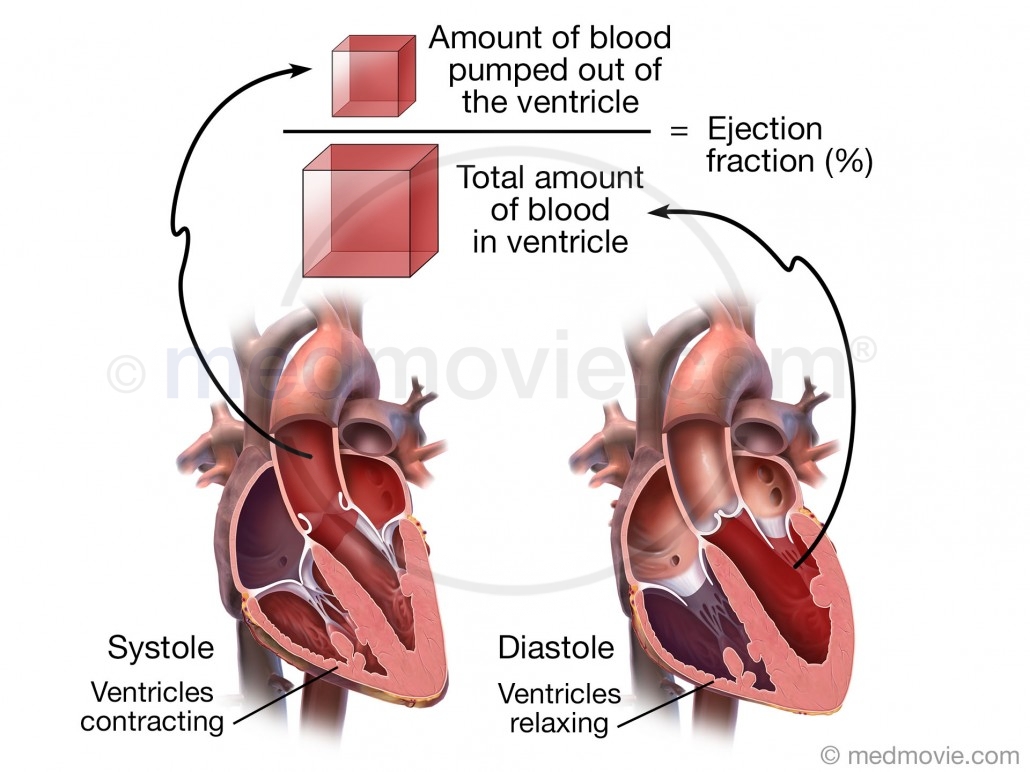Ejection Fraction
Request Stock Pricing
During each heartbeat, the heart contracts and relaxes. The ventricles are the pumping chambers of the heart. In contraction (systole), the heart ejects blood from the ventricles. When the heart relaxes (diastole), the ventricles fill with blood. The heart never empties all of the blood from the ventricles, no matter how hard it beats. The ejection fraction is the percentage of blood that is pumped out with each heartbeat. This measures the capacity and functioning ability of your heart. Ejection fraction is usually measured in the left ventricle because it is the main pumping chamber of the heart. A normal ejection fraction in a person at rest is typically between 55 and 70 percent. If the heart muscle has been damaged by heart attack, heart muscle disease or heart valve problems, the ejection fraction may be below normal.
Request Stock PricingParent Topic: Ejection Fraction
Topic Media ID: cvml_0251i
